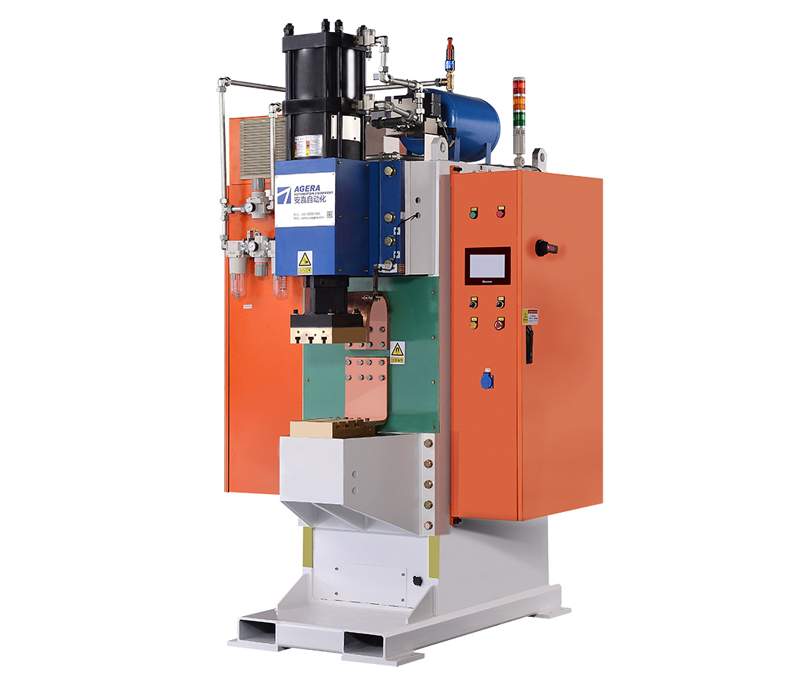In the domain of capacitor discharge welding machines, the choice of charging circuits is a critical factor that directly impacts the performance, efficiency, and safety of the welding process. This article explores the considerations involved in selecting appropriate charging circuits for these machines, highlighting their significance and implications.
Capacitor discharge welding machines rely on the stored electrical energy in capacitors to deliver powerful welding arcs. The charging circuit plays a pivotal role in replenishing this energy efficiently and reliably. When selecting charging circuits for these machines, the following factors come into play:
- Charging Speed and Efficiency: Different charging circuit designs offer varying speeds at which energy is replenished in the capacitors. The choice should consider the desired welding cycle speed and overall efficiency of the machine.
- Voltage and Current Requirements: Charging circuits need to match the voltage and current requirements of the energy storage capacitors. A proper match ensures optimal energy transfer and consistent welding performance.
- Control and Regulation: The chosen charging circuit should provide control and regulation options. This allows operators to fine-tune the charging process to suit the specific welding requirements.
- Safety Measures: The charging circuit should incorporate safety features that prevent overcharging, overheating, or any other potentially hazardous conditions. These measures enhance both operator safety and machine longevity.
- Compatibility with Power Supply: The charging circuit should be compatible with the available power supply sources, ensuring stable and reliable energy replenishment.
- Compactness and Integration: Depending on the machine’s design and layout, the chosen charging circuit should be compact and integrated seamlessly into the overall system.
Options for Charging Circuits:
- Constant Current Charging: This circuit maintains a steady current flow during the charging process. It offers controlled and consistent energy replenishment, suitable for high-quality welding operations.
- Constant Voltage Charging: In this circuit, the voltage across the energy storage capacitors is maintained at a constant level. It provides regulated charging rates and prevents overcharging.
- Pulsed Charging: Pulsed charging alternates between periods of charging and rest, allowing for controlled energy buildup without excessive heat generation.
- Adjustable Charging: Some machines offer adjustable charging circuits that allow operators to modify the charging parameters based on the welding application’s specific needs.
The selection of charging circuits for capacitor discharge welding machines is a crucial decision that affects the machine’s performance, efficiency, and safety. Considering factors such as charging speed, voltage and current requirements, control options, safety measures, power supply compatibility, and compactness is essential for optimal welding outcomes. The choice between constant current, constant voltage, pulsed, or adjustable charging circuits should align with the welding application’s demands and operational requirements. With a well-matched and thoughtfully selected charging circuit, manufacturers can ensure consistent, reliable, and high-quality welding results.
Post time: Aug-14-2023



